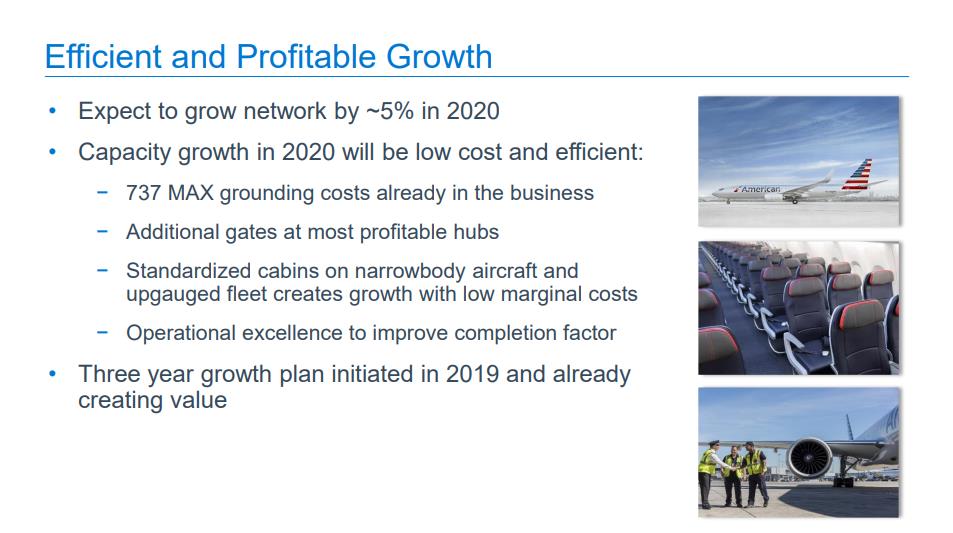The market has rendered AMC Entertainment (AMC) a worthless company. The stock has nosedived from a 52-week high of $17 to $6.50 per share, resulting in a 62% reduction in market capitalization. Even worse, AMC was $33 per share in 2017 resulting in a multi-year meltdown of 80%. The catastrophic stock collapse has occurred in the backdrop of record numbers at the domestic and worldwide box office. There’s a paradoxical disconnect between the record multi-year box office stretch and AMC’s stock price.
AMC recently posted a strong quarter and has diversified its revenue stream by rolling out its own loyalty program that now has over 900,000 members to evolve a large segment of its business mix towards a subscription-based model to smooth out box office revenue fluctuations. This will allow durable and more predictable revenue streams in the backdrop of changing box office dynamics. AMC recently posted a record third-quarter attendance in the U.S. and international markets along with strong Q3 numbers. At current levels, the stock sports a hefty dividend yield of ~11% due to the decimated stock price.
Streaming threats from the likes of Netflix (NFLX), excessive debt load, bleak 2020 movie slate while being one of the most heavily shorted stocks (~60% of the float being sold short) has decimated the shares of AMC. I feel that AMC has significant upside considering its depressed valuation, improving financials, upcoming deleveraging, and creative initiatives to drive revenue growth.
Record Q3 2019 Numbers
First, AMC has been firing on all segments of its business on improving fundamentals across the entire enterprise over the previous quarter. For Q3 2019, AMC beat on the top line revenue with $1.32 billion, beating estimates by $10 million and missing on the bottom line with -$0.53 EPS, missing by $0.10 per share. Revenue grew by 7.8% and a record third-quarter attendance in each of its U.S. and international markets. Continue reading "The Market Says AMC Is Worthless - I Disagree"




